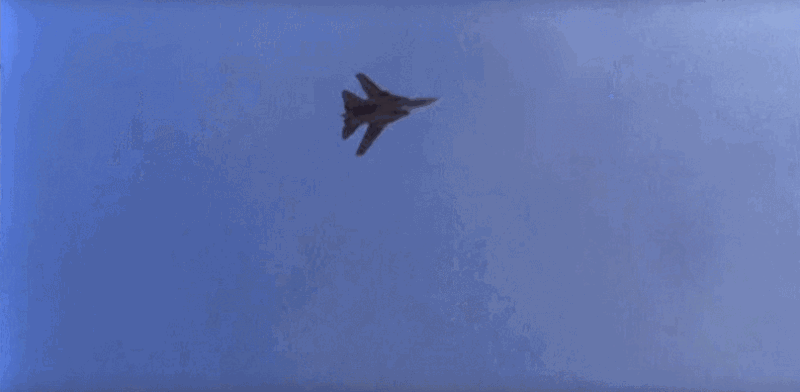Hey guys,
I started my PPL training about 1.5 weeks ago and did my 5th lesson. I just thought I would tell yíall about my experience doing stalls.
We did power off and then power on stalls. Wow.... the nose is really high when doing power on. At least it feels very high to me.
Did a few of those. I did OK. Kept the plane for the most part coordinated and did not lose much altitude. Then my instructor showed me a spin..... wow. This gave me a much higher appreciation for fighter pilots/aerobatic pilots etc. It felt VERY intense. We dropped about 400-500 feet. My ears were popping big time. Iím sure to you experienced pilots it is not a big deal and probably over time I will get more used to them with practice.
Though I can not even fathom flying in a blue angel jet or a aerobatic plane, considering this is nothing relative to what those guys do.
Also an eye opener that if you spin at low altitude and donít know exactly what you are doing, you are probably going to die.
I really need to get my head looking out more. Iím so buried in the cockpit looking at my instruments too much for VFR.
 AIRLINE
AIRLINEPILOT CENTRAL


